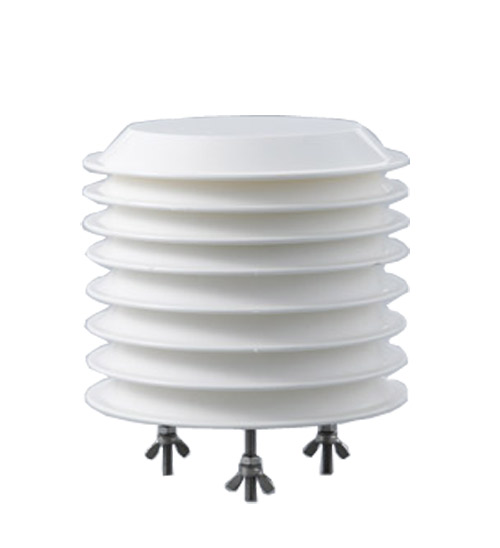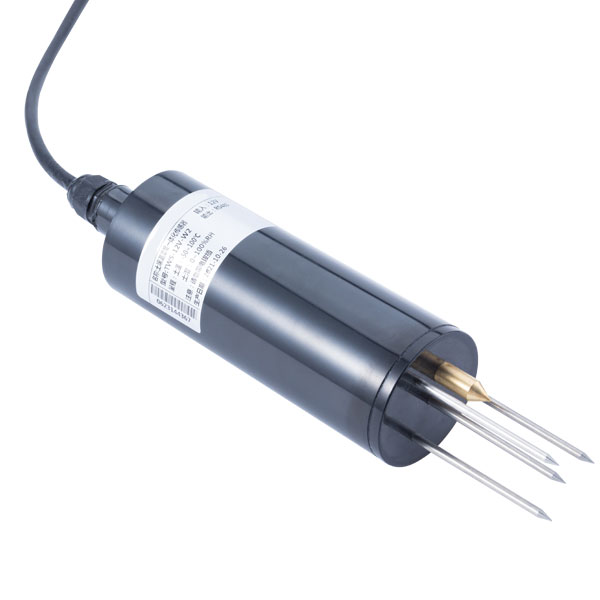

— Blogs —
—Products—
 Consumer hotline +8618073152920
Consumer hotline +8618073152920 WhatsApp:+8615367865107
Address:Room 102, District D, Houhu Industrial Park, Yuelu District, Changsha City, Hunan Province, China
Product knowledge
Time:2021-11-24 19:55:26 Popularity:1261
Detailed interpretation of the working principle of industrial-grade routers
An industrial router is a network device that connects multiple networks or network segments. It can "translate" the data information between different networks or network segments so that they can "read" each other's data to form A larger network. Industrial routers are the main node equipment of the Internet. Industrial-grade routers determine the forwarding of data through routing.
Working principle of industrial-grade routers
The main work of the router includes three aspects:
1) Generate and dynamically maintain routing tables;
2) Look up the routing table according to the IP address information in the received data packet to determine the best route for data forwarding;
3) Data forwarding.
The following describes the working principle of the router in accordance with these three aspects:
Traditionally, industrial-grade routers work at the third layer of the OSI seven-layer protocol. Its main task is to receive data packets from a network interface, and decide to forward to the next destination address based on the destination address contained therein.

Therefore, the industrial router must first look up its destination address in the forwarding routing table. If the destination address is found, it will add the next MAC address before the frame of the packet, and the TTL (TimeToLive) field of the IP packet header will also start. Subtract the number and recalculate the checksum. When a data packet is sent to the output port, it needs to wait in order in order to be transmitted to the output link.
Industrial-grade routers can look up the routing table in the device according to a certain routing communication protocol when working. If there is more than one path to a particular node, the basic predetermined routing criterion is to select the optimal (or most economical) transmission path. Since various network segments and their interconnection conditions may change due to environmental changes, the routing information is generally updated regularly according to the provisions of the routing information protocol used.
Under normal circumstances, the main job of an industrial router is to store and forward data packets. The specific process is as follows:
1) When the data packet reaches the industrial-grade router, according to the type of the network physical interface, the industrial-grade router calls the corresponding link layer function module to interpret the link layer protocol header for processing this data packet. This step is relatively simple to process, mainly to verify the integrity of the data, such as CRC check, frame length check, etc.
2) After completing the integrity verification of the data frame at the link layer, the industrial-grade router begins to process the IP layer of this data frame. This process is the core of the industrial-grade router function. According to the destination IP address of the IP header in the data frame, the industrial router looks up the IP address of the next hop in the routing table; at the same time, the TTL (TimeToLive) field of the IP data header starts to decrement and recalculate the checksum (Checksum) .
3) According to the next hop IP address found in the routing table, the IP data packet is sent to the corresponding output link layer, encapsulated with the corresponding link layer header, and finally sent out via the output network physical interface.
The main job of an industrial-grade router is to find an optimal transmission path for each data packet passing through the industrial-grade router, and to effectively transmit the data packet to the destination site. From this point of view, choosing the best path strategy or choosing the best routing algorithm is the key to industrial-grade routers.
In order to complete this work, the relevant data of various transmission paths—Routing Table—is stored in the industrial router for use in routing selection. The above process describes the main and critical working process of an industrial-grade router, but does not explain other additional features, such as access control, network address translation, and queuing priority.
Prev:What is the purpose of 4G industrial routers?
Next:The working principle and application of industrial router
Sensors & Weather Stations Catalog
Agriculture Sensors and Weather Stations Catalog-NiuBoL.pdf
Weather Stations Catalog-NiuBoL.pdf
Related recommendations
Related products
 Atmospheric Temperature Humidity Pr···
Atmospheric Temperature Humidity Pr··· Soil Temperature Moisture Sensor 4-···
Soil Temperature Moisture Sensor 4-··· Air temperature, humidity and atmos···
Air temperature, humidity and atmos···
Screenshot, WhatsApp to identify the QR code
WhatsApp number:+8615367865107
(Click on WhatsApp to copy and add friends)